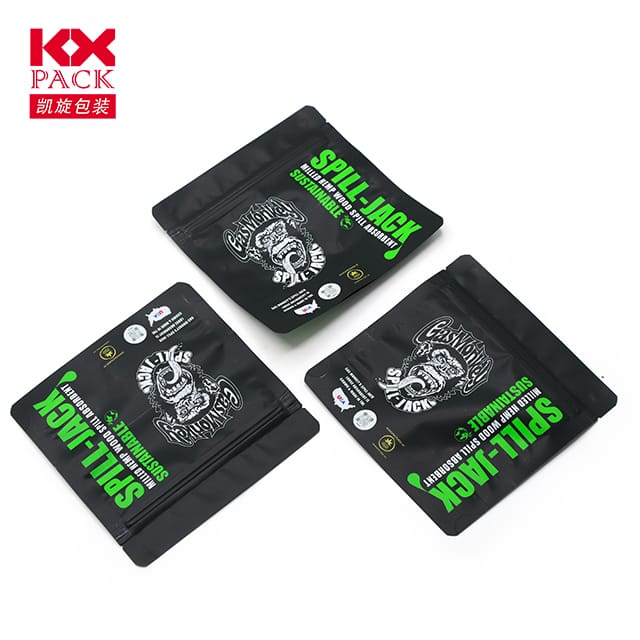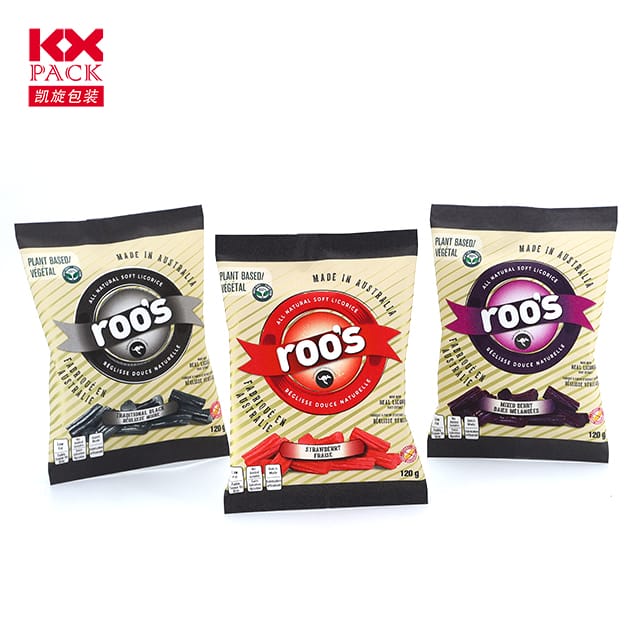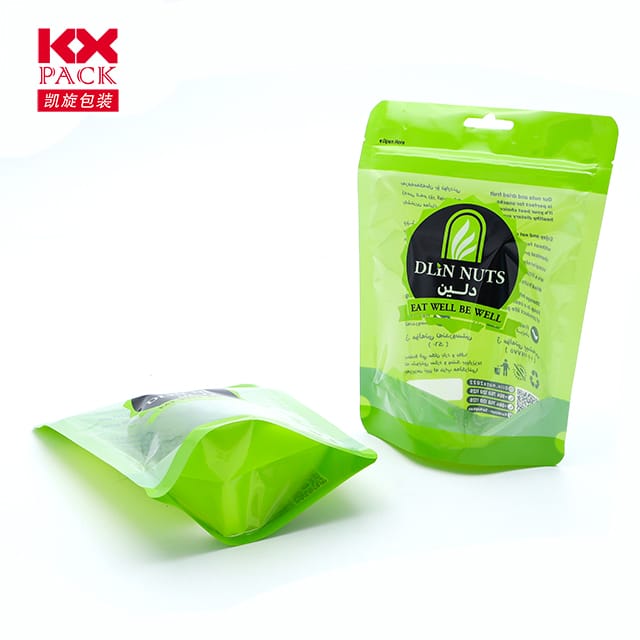حقيبة فيلم: The Unsung Hero of Flexible Packaging
حقيبة فيلم
In a world dominated by convenience and sustainability, sachet film has emerged as a critical player in the packaging industry. هذه صغيرة, versatile pouches are everywhere—from single-serve coffee sachets and travel-sized toiletries to condiment packets and pharmaceutical strips. But what makes sachet film so indispensable, and how is it evolving to meet modern demands? Let’s dive into the world of this lightweight yet mighty packaging solution.
ما هو فيلم كيس?
Sachet film refers to thin, flexible laminated materials used to create small, sealed pouches (أكياس) for packaging liquids, powders, or semi-solids. Typically composed of multiple layers—such as polyester (حيوان أليف), البولي إيثيلين (PE), aluminum foil, or biodegradable polymers—these films combine strength, خصائص الحاجز, and printability to protect contents from moisture, الأكسجين, ضوء, and contamination.
Key characteristics:
- Lightweight and compact: Minimizes material use and shipping costs.
- Customizable: Available in various sizes, shapes, and sealing methods (على سبيل المثال, heat-sealed, peelable).
- High barrier options: Some films include aluminum or EVOH layers to extend shelf life.
- Eco-friendly alternatives: Growing adoption of biodegradable and compostable films.
Why Sachet Film Matters
1. Convenience for Consumers
Sachets cater to on-the-go lifestyles, offering portion control and reducing waste. Think of ketchup packets at fast-food chains or single-use face masks in hotels—these small packages deliver convenience without bulk.
2. Cost-Effective for Brands
For manufacturers, sachet film reduces material costs compared to rigid packaging (like bottles or jars) and lowers shipping expenses due to its lightweight nature. It’s also ideal for free samples or trial-sized products, driving customer acquisition.
3. تحديات الاستدامة والابتكارات
While sachets are practical, their single-use nature has raised environmental concerns. Traditional laminated films are often non-recyclable due to mixed materials. لكن, the industry is responding with:
- Biodegradable films: Made from plant-based polymers (على سبيل المثال, جيش التحرير الشعبى الصينى, PHA) that break down under specific conditions.
- Recyclable mono-materials: Using single-type plastics (like PE) لتبسيط إعادة التدوير.
- Reusable sachets: Some brands now offer refillable or durable pouches to reduce waste.
4. التنوع عبر الصناعات
Sachet film serves diverse sectors:
- طعام & المشروبات: Seasoning packets, honey sticks, energy gel sachets.
- العناية الشخصية: Shampoo samples, moisturizer pods, travel-sized toothpaste.
- الأدوية: Blister packs for pills, sachets for oral suspensions.
- Agriculture: Seed packets, fertilizer sachets.
The Future of Sachet Film
As sustainability becomes a priority, the sachet film market is shifting toward greener alternatives. تشمل الابتكارات:
- Water-soluble films: Dissolve in water, leaving no residue (used for detergent pods).
- Advanced recycling technologies: Chemical recycling to break down complex laminates.
- التغليف الذكي: Incorporating QR codes or NFC tags for anti-counterfeiting and consumer engagement.
Brands are also redesigning sachets to be more ergonomic, with easy-tear notches or resealable zippers, enhancing user experience.
استنتاج: Small Package, Big Impact
Sachet film may be tiny, but its role in modern packaging is monumental. By balancing convenience, cost, والاستدامة, it continues to adapt to consumer needs and environmental challenges. Whether you’re a brand looking to optimize packaging or a consumer enjoying a single-serve coffee, sachet film is quietly shaping how we interact with products every day.
What’s your take on sachet film? Share your thoughts on its sustainability or favorite uses in the comments below!
Want to stay updated on packaging trends? Follow our blog for more insights. 🌍✨







